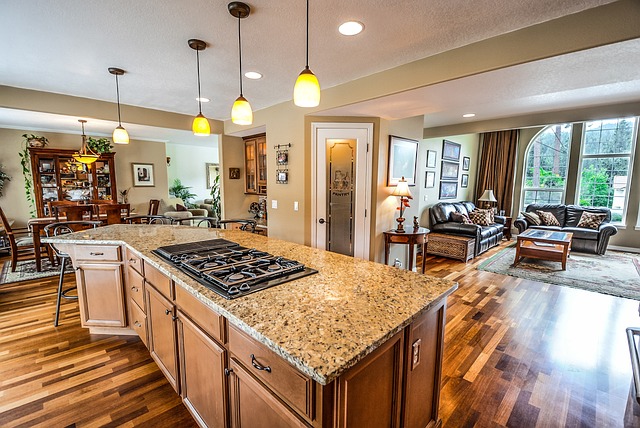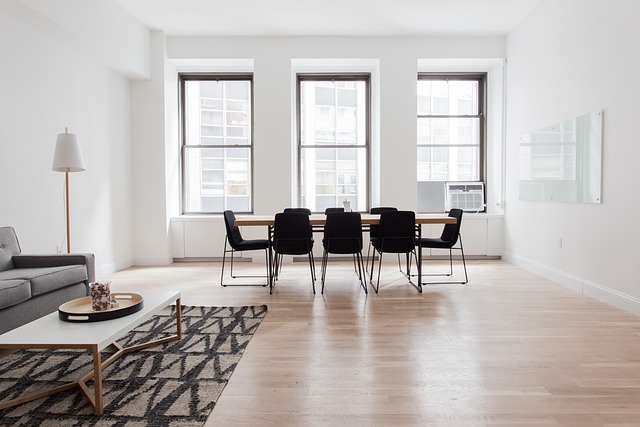Interior design goes beyond simply adhering to gorgeous furniture and artwork to define a room. Fundamentally, it’s about striking a harmonic mix between appearance and utility. “Core design interior” emphasizes basic design concepts that maintain usefulness and beauty first while still allowing for This method centers on fundamental ideas, including space planning, furniture placement, lighting, color schemes, and textures to produce a practical yet reflecting home that captures your character.
This post will explore what constitutes basic design interior and stress important components that make a room not only beautiful but also livable. We will discuss how to approach interior design from its most basic, from knowledge of design principles to improving the atmosphere of a house via lighting and textures.
Knowing Core Design Interior
Interior core design stresses a harmonic combination of the following basic components:
Every object in a room fulfills a use.
Simplicity: Less is more; steer clear of clutter in a room with extraneous décor.
Harmony: The design should run naturally to produce a consistent impression over several areas.
Aesthetic appeal: The room should express personal preferences while also complementing the general theme.

The Basis of Interior Design
Good space planning lays the groundwork for basic interior design. It guarantees that rooms are set up to enhance utility while allowing visual flow.
Consider zoning based on the goals of each area. Whether it’s an office, kitchen, or living room, you must set off areas for various uses.
Furniture Layout
The arrangement of furniture can greatly change a room’s mood. Choose designs that guarantee comfort, balance, and ease of traffic flow. Living spaces, for example, benefit from conversational seating configurations whereby sofas and chairs face each other.
Plans for open floors: Open floor layouts in contemporary homes help to promote interaction between several living areas, therefore improving the fluid and connected environment.
Using digital tools to see how your furniture and arrangement will work before committing to a final design is one secret to good space planning.
The Authority of Lighting for Core Design
Among the most important components in the core design interior is lighting. It may highlight particular regions, create illusions of space, and change the atmosphere of a room. Think about the following while designing your lighting:
Ambient lighting, sometimes known as room general illumination, is The space that might be illuminated with chandeliers, recessed lighting, or ceiling-mounted lights.
Task lighting guarantees the correct level of light directed on areas where you engage in particular activities such as reading, cooking, or working. Standard examples are table lamps, under-cabinet lights, and pendants.
Accent lighting is ornamental and accentuates architectural details, artwork, or another design aspect. Under this category, fall wall sconces, track lighting, and spotlights.
Combining these three kinds of lighting will help you to design your place with layers.
Texture and color: including personality and depth
The whole impression of a room depends much on the color scheme and textures you choose. Interior core design mostly relies on the harmonic balancing of these components to guarantee that no piece is out of place.
A neutral basis is usually advised for basic interior design; accents of strong colors can provide personality. Soft colors, including whites, grays, and beiges, create calm and refined settings. Use colors in moderation if you wish to add vibrancy; maybe a statement wall or vibrant décor items like cushions and flowers.
One great approach to giving a place more depth is to stack textures. To make the area visually appealing, mix soft, fluffy fabrics (like velvet, wool, or cotton) with sleek, shining surfaces—like glass or metal. Textured rugs, couches, and drapes make a room seem cozier and more inviting.
Always make sure the chosen colors and textures complement the purpose of the room. For a warm environment in bedrooms, for instance, darker tones and heavier textiles could work well; light and airy colors fit living areas or kitchens to encourage openness and clarity.
Choosing furniture: style meets utility
Any interior design is mostly dependent on furniture. Within basic design, furniture is both aesthetically appealing and useful. When selecting furniture, one should keep in mind:
Make sure the furniture you choose corresponds in scale with the measurements of the room. While undersized objects might cause an imbalance, too big pieces can make a room seem small.
Comfort should never be sacrificed for style. Select furniture and chairs that not only look great but also feel excellent for daily use.
Selecting Materials: Wood, leather, and stone are commonly utilized natural materials in core design interiors. They give a place warmth and character. Pair these materials with simple lines and modern styles to create a timeless design.
Organizing: The Beauty of Minimalism
The interior core design depends critically on decluttering. One must design a place where every object has a use and where extraneous objects are eliminated. Minimalism is designing with intention, not with stark, naked rooms.
Good storage allows one to keep clutter-free surroundings. While preserving the flow of the area, built-in cabinets, floating shelves, and hidden storage choices—such as ottomans or storage benches—can help keep things neat.
Curated Décor: Emphasize a small number of significant objects rather than stuffing a room with lots of decorative accents. This not only keeps visual clutter-free but also increases the uniqueness of every object.
Core Design Interior Sustainability
Contemporary interior design is leaning toward environmentally friendly, sustainable methods. This implies choosing sustainable materials and solutions that are energy efficient.
Furniture and flooring would benefit much from bamboo, repurposed wood, and recycled materials. These materials provide durability and classic looks in addition to lessening of environmental effect.
Energy Efficiency: While improving utility, LED lights, smart thermostats, and energy-efficient equipment help a house be sustainable. Including these in your architecture can not only help to lower your carbon footprint but also increase the long-term worth of your home.
Customized Details: Differentiating Your Home
Eventually, without personal touches, no interior design is whole. These are the elements that really make a place feel personally yours.
Including personal images or artwork will help a generic area become very, very personal. Choose items that really speak to you and capture your style.
Plants: Including vegetation in your homes will help to enhance indoor air quality and provide a feeling of nature. Any area gains life from plants such as succulents, ferns, or indoor trees, which also complement sustainable design ideas.

Conclusion
Core design interior is about returning to the fundamental ideas of simplicity, usefulness, and beauty. This is a complete design method that guarantees every component fulfills a function, thereby producing harmonic and visually pleasant surroundings. Following these basic ideas can help you create a house that is not only aesthetically pleasing but also quite functional, whether you are remodeling an old area or planning a new one.
You may design timeless, comfortable, and especially yours by concentrating on space layout, appropriate lighting, careful use of colors and textures, and choice of sustainable materials. Whether your style is modern, minimalistic, or eclectic, balance and intention should always form the center of your design.


